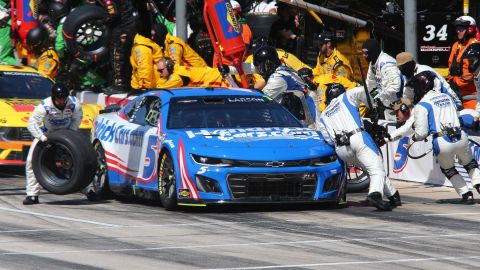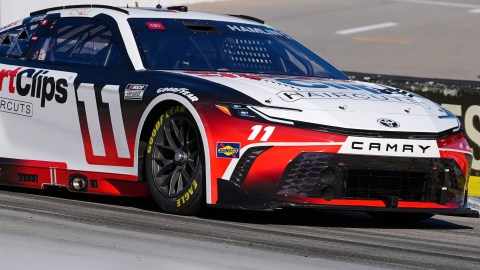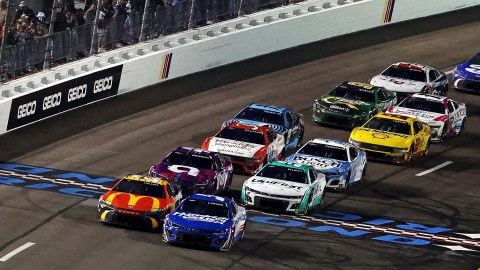We firmly believe if you shop smart, you usually can find the new car you want, with the options you want, without going over your budget. But we also think manufacturers can, and should, make it easier to not spend too much by offering certain features standard.
Each time automakers develop a new feature, they’re usually forced to make them optional extras as a way to recoup R & D costs. This ultimately leads to the new technology trickling down to lower price brackets, though even once that happens, you typically still have to pay extra to get it.
Automakers have developed tons of advanced technology features recently — be they for convenience or safety sake — and there are some we think they no longer should charge consumers for. Here are seven features we wish manufacturers would offer standard on every model:
Emergency braking hazards

Photo via Flickr/OiMax
Some people might be lucky enough that they’ll never need their hazard lights because they’re stranded on the side of the road. Everybody, however, could benefit from emergency braking hazards. These come on automatically under heavy braking to warn the cars behind you that you’re rapidly decelerating. These are extremely helpful in a situation where you’re on the highway approaching cars with their brake lights on, as it allows you to apply more brake pressure sooner than if you solely were reacting to the shrinking distance between you and the cars ahead.
Apple CarPlay and Android Auto

Photo via Ford
Although these systems have made their ways into more models over the last year, they still aren’t standard in all new vehicles. Given how many people’s phones run on either Android or Apple operating systems, including a feature that seemlessly integrates their phone into the infotainment system seems like a no-brainer. Especially since the hands-free capabilities offered by Apple CarPlay and Android Auto could help cut down on distracted driving.
USB ports

Photo via Ford
People nowadays usually use the outlets in cars almost exclusively to charge their phones, so why not give them the most convenient means of doing that? When smoking was very common, manufacturers included cigarette lighters in most vehicles, and smartphones currently are more prevalent than smoking ever was. So much so, in fact, malls and airports even have USB charging stations throughout them now.
Automatically adjusting headlights

Photo via Audi
As helpful as auto on-off lights are, they can’t compare to what we’re talking about. Audi has been selling headlights on its cars since 2013 that automatically adjust their brightness to suit how dark it is outside. However, these cars are sold everywhere except the United States, because the NHTSA refuses to amend its outdated headlight regulations, which say cars can have only a simple high and low beam setting. The agencies inaction frankly is frustrating, given the Insurance Institute for Highway Safety has found almost no cars on sale in the U.S. have headlights that provide sufficient visibility.
Telescopic steering

Photo via Honda
We know a proper driving position is very important for safe driving, which is why we’re dumbfounded that some OEMs still don’t offer telescopic steering wheels standard. Simply having a tilt-adjust wheel isn’t good enough, because not everybody is the same size. A fixed steering wheel might be the perfect distance from one person, but could leave another leaning forward to hold it.
Fog lights

Photo via Honda
Fog lights, as their name suggest, allow you to see underneath heavy fog. That’s a pretty important job and, in and of itself, is enough reason they shouldn’t cost extra. They also have an added benefit on a day to day — or rather, night to night — basis, as they give you a wider field of view than if you use just your headlights.
Rain light

Photo via Nissan
Although the law mandates motorists have their lights turned on when it’s raining, the spray behind cars still can make it difficult to see their tail lights until you’re very close to them. A rain light, however, is much easier to see, because it’s as bright as a brake light. On sportier models, such as the Nissan Sentra NISMO (pictured), this light is centrally mounted at the bottom of the rear bumper, though it also can be a separate bulb within the taillight fixture. Manufacturers are required to have these on their cars in Europe, but becuase the NHTSA doesn’t require them, only select vehicles have them stateside.
Thumbnail photo via Nissan



